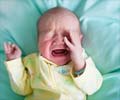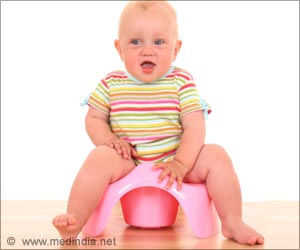Children and adolescents who have experienced migraine headaches are more likely to have had colic as an infant, finds study published in JAMA.

Silvia Romanello, M.D., of the APHP-Hospital Robert Debré, Paris, and colleagues conducted a study to investigate the possible association between migraine and colic. The case-control study included 208 children 6 to 18 years of age presenting to the emergency department and diagnosed as having migraines in 3 European tertiary care hospitals between April 2012 and June 2012. The control group was composed of 471 children in the same age range who visited the emergency department of each participating center for minor trauma during the same period. A structured questionnaire identified personal history of infantile colic for case and control participants, confirmed by health booklets. A second study of 120 children diagnosed with tension-type headaches was done to test the specificity of the association.
The researchers found that children with migraine were more likely to have experienced infantile colic than those without migraine (72.6 percent vs. 26.5 percent). The subgroup analysis for migraine subtypes confirmed the association between infantile colic and either migraine without aura (73.9 percent vs. 26.5 percent) or migraine with aura (69.7 percent vs. 26.5 percent). This association was not found for children with tension-type headache.
"The link between infantile colic and migraine could be based on a pathogenetic mechanism common to migraine without aura and also migraine with aura. We found that among migraine characteristics, only pulsatile pain was more frequent in children with a history of infantile colic than among children with migraine but without infantile colic. Infants with colic might experience a similar sensitization of the perivascular nerve terminals in the gut, although this hypothesis needs to be tested," the authors write. They add that molecules known to be involved in the modulation of sensory activity could also be involved.
Longitudinal studies are needed to further explore the association between colic and childhood migraines, the researchers conclude.
Advertisement










